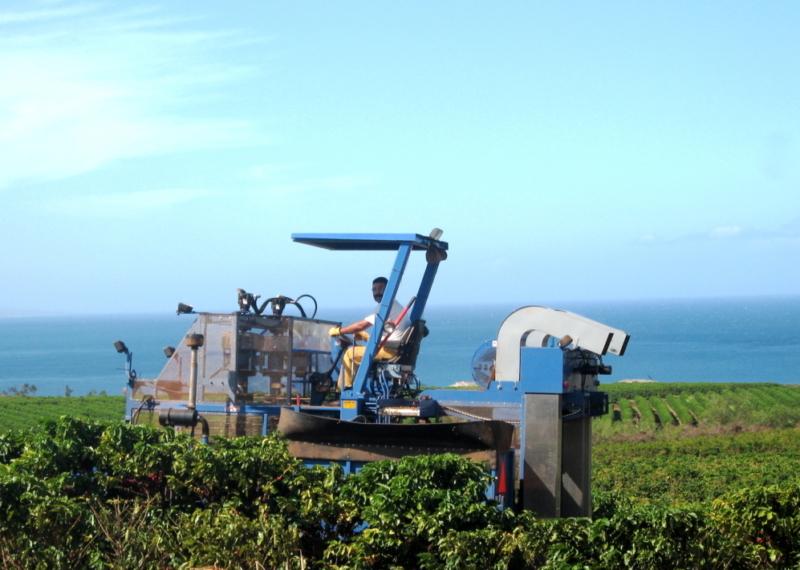Hawaii Coffee History

IN THE BEGINNING Coffee first arrived to Hawai‘i from Brazil in 1825 and was planted in Mānoa valley on the island of O‘ahu, although, some believe it may have first arrived a decade earlier.
Coffee’s early decades in Hawai‘i were tumultuous as plantations combatted a scale insect, challenging weather conditions, and a dearth of workers caused by an exodus to California during the gold rush. In many areas, competition with sugar plantations for land and labor further stymied the early development of the Hawaiian coffee industry. During the middle of the 19th century, some success was found and a positive international reputation was built. Near the end of the century, a new variety from Guatemala, ‘Typica’, was introduced and proved to be a prolific producer relative to the Brazilian variety. Farmers quickly switched to it.
At the end of the century, coffee prices crashed and coffee production suffered a steep decline on most of the islands. The region of Kona on Hawai‘i Island was the only place to maintain a successful coffee growing community. Throughout the 20th century, the viability of coffee production in Kona waxed and waned but it never completely disappeared.
By the 1980s, sugarcane and pineapple, two major cropsin Hawai‘i, were losing their dominance and the large companies that owned them began seeking alternative crops to plant. Coffee was a logical choice because of its suitability, local history, innovations in harvesting technology, and the burgeoning specialty coffee movement.
These coffee farms, borne from crop diversification efforts, helped bring a resurgence of coffee cultivation throughout Hawai‘i. With the development of the Internet and the continued growth of specialty coffee, marketing coffee from individual estates became popular. Today, Hawai‘i’s coffee farms employ a diverse set of business models ranging from selling coffee cherry to complete seed-to-cup operations.
Currently, coffee is grown on 5 Hawaiian Islands in 8 regions. The industry has never been healthier or more diverse. The myriad of varieties, innovations, and business models has created an exciting coffee industry unlike any other in the world.
